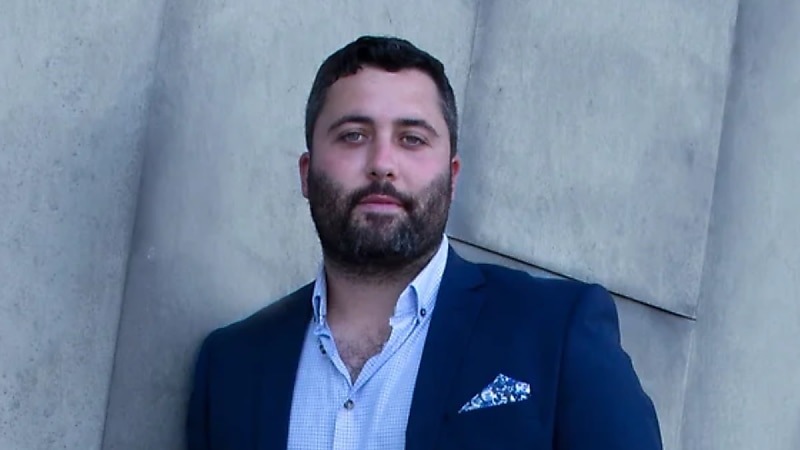Avoid volatility in portfolio during economic uncertainty: wealth manager
Reducing equities’ volatility in an SMSF portfolio is important as inflation is staying higher for longer and world markets continue to be in perpetual turmoil, says a funds management company.
Nicholas Quinn, Spatium Capital director and co-portfolio manager, told SMSF Adviser that many SMSF trustees are actively involved in asset allocation and know that drawdowns can hurt their fund given the time cost of getting back to its original value.
“Spatium has a strong SMSF following and a significant portion of Spatium’s small cap fund is SMSF money,” Mr Quinn said.
“One way to avoid or benefit from volatility is to rebalance the portfolio regularly with a systematic, repeatable investment approach.”
Mr Quinn said Spatium has noticed a counter-trend in which SMSFs have moved assets into cash or scaled up to large caps over the past 12 months.
“Our SMSF investors fall into one of two categories. The first are retired and need money in the ASX and other allocations and who like you to pay distributions each year. Naturally, SMSFs in drawdown phase are not as tax sensitive,” he said.
“The second category of investors doing SMSF likes to be a bit more hands-on. They often say they like to do the top 100 or top 50 stocks on their own but don’t have time to do the top 300.”
However, Mr Quinn said the Australian small cap landscape is one of the best places to invest over five to seven years.
“And this is where our investment strategy into small caps is ideal,” he said.
The Spatium Capital Small Companies Fund is an actively traded portfolio of approximately 25 to 40 listed companies, turning over each position in the portfolio, on average, every 30 to 45 days.
“The fund seeks to identify and capitalise on mispriced and short-term equity price dislocations,” Mr Quinn said.
“In terms of the commonly known factors, momentum, small size, and mean reversion are considered key elements of the strategy. It means we are rebalancing the book quite frequently and don’t care about one company in the portfolio more than another.”
He added that traditionally the older age demographic of SMSF trustees has meant that they are not looking to increase their dividends quickly but are seeking to maintain their investments over time.
“The cost of setting up an SMSF has never been more affordable and a new generation is coming in that may not have the same level of sophistication to invest but want better control on how they invest,” he said.
“Small caps are becoming more popular. Traditionally there was a presumption that small caps were more like micro caps and did not have strong balance sheets or liquidity, but SMFSs are becoming a lot more knowledgeable about them and now it is considered an essential segment of their portfolio.”
He said there is a “duration” element as well to investing in the small caps market now.
“Smaller balances are probably going to extinguish their fund’s money in a lifetime while the medium to larger SMSFs are not going to chew through their capital” he said.
“If you want to maximise your return on small cap equities, a longer-term horizon of five to seven years is crucial and is a great place to put your money.”








